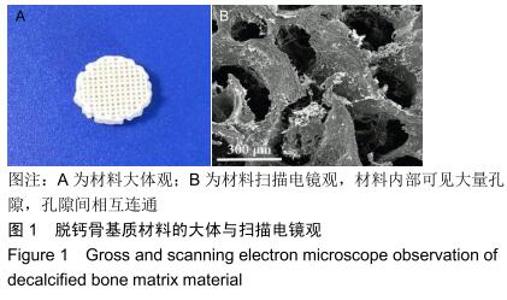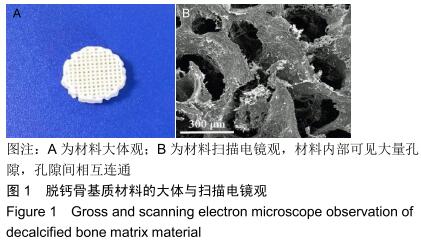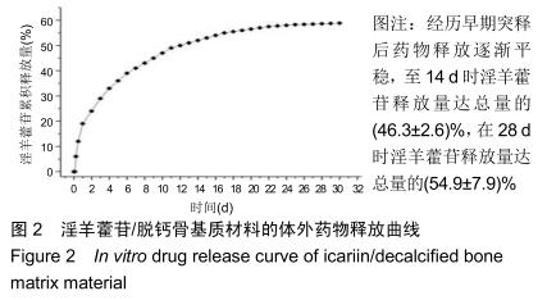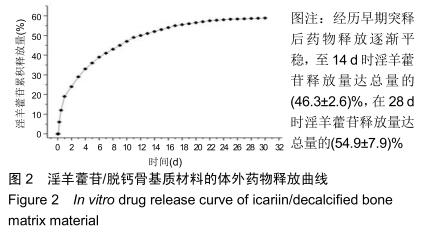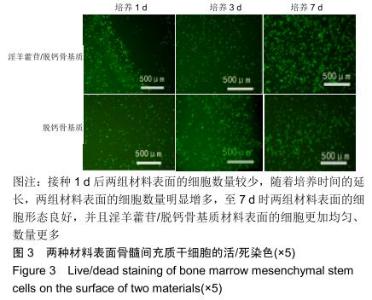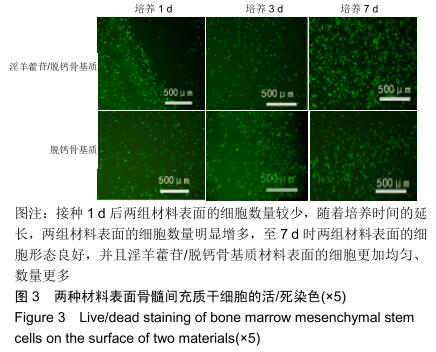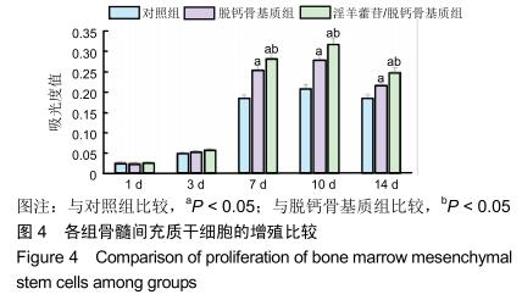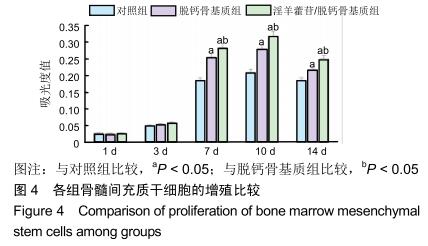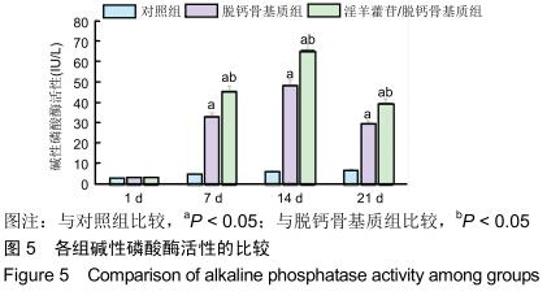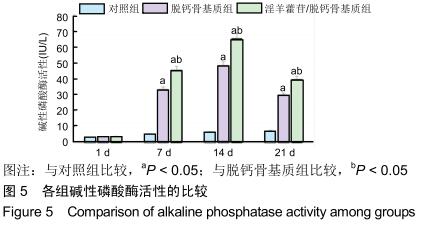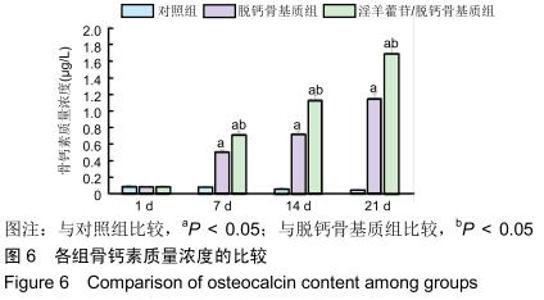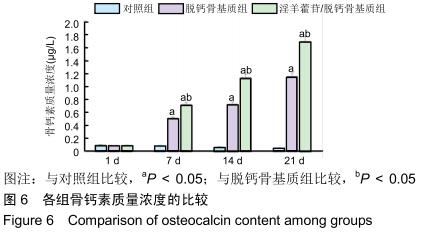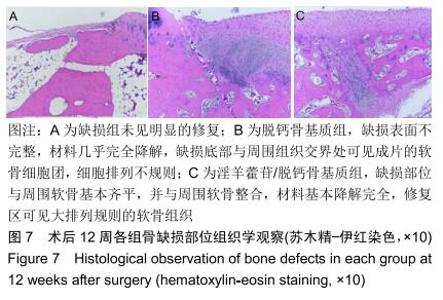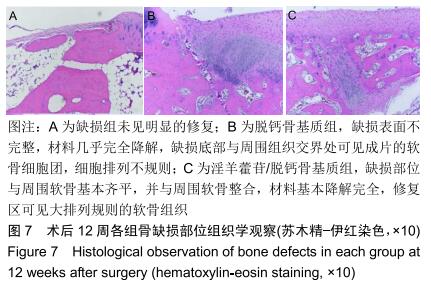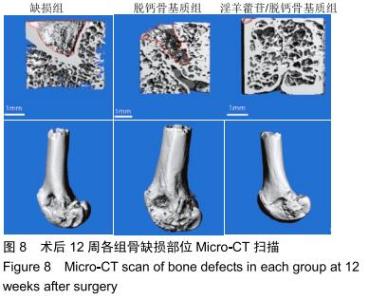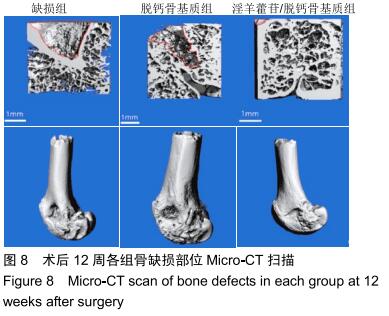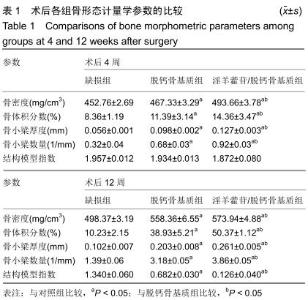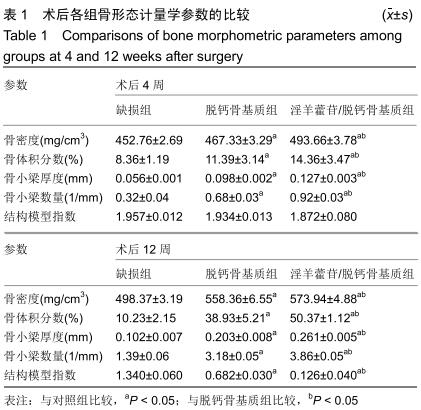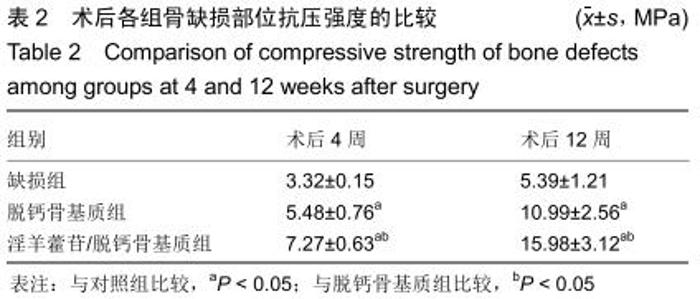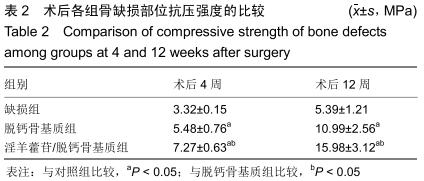|
[1] LIU JX, GAO YL, ZHANG GR, et al. Follow-up study on autogenous osteochondral transplantation for cartilage defect of knee joint. Zhongguo Gu Shang.2019;32(4):346-349.
[2] GOTO K, NAITO K, SUGIYAMA Y, et al. Corrective Osteotomy with Autogenous Bone Graft with Callus after Malunion of Distal Radius Fracture.J Hand Surg Asian Pac Vol.2018;23(4):571-576.
[3] YIN F, SUN Z, YIN Q, et al. Treatment of thoracolumbar burst fractures with short-segment pedicle instrumentation and recombinant human bone morphogenetic protein 2 and allogeneic bone grafting in injured vertebra. Zhongguo Xiu Fu Chong Jian Wai Ke Za Zhi. 2017;31(9): 1080-1085.
[4] AHMED GA, ISHAQUE B, RICKERT M, et al. Allogeneic bone transplantation in hip revision surgery : Indications and potential for reconstruction.Orthopade.2018;47(1):52-66.
[5] XIE H, WANG Z, ZHANG L, et al. Extracellular Vesicle-functionalized Decalcified Bone Matrix Scaffolds with Enhanced Pro-angiogenic and Pro-bone Regeneration Activities.Sci Rep.2017;7:45622.
[6] KAWCAK CE, TROTTER GW, POWERS BE, et al. Comparison of bone healing by demineralized bone matrix and autogenous cancellous bone in horses.Vet Surg. 2000;29(3):218-226.
[7] 余黎,余国荣,张旗,等.复合可诱导DBM的同种异体骨垫(Spacer)在颈椎前路融合术中的临床应用及近期随访观察[J].中国矫形外科杂志,2013, 21(13):1365-1369
[8] 王金龙,杨述华,叶树楠,等.人工骨支撑棒结合脱钙骨基质治疗股骨头缺血性坏死的临床观察[J].中华显微外科杂志,2015,38(3):226-230
[9] 华堃池,冯江涛,杨雄刚,等.脱钙骨基质在四肢植骨中应用的有效性及安全性的系统评价与Meta分析[J].中华老年骨科与康复电子杂志,2018,4(4): 235-246.
[10] MATTIOLI-BELMONTE M,MONTEMURRO F,LICINI C,et al.Cell-Free Demineralized Bone Matrix for Mesenchymal Stem Cells Survival and Colonization.Materials(Basel).2019;12(9).pii: E1360.
[11] 訾慧,孙丽,蒋宁,等.淫羊藿次苷Ⅰ与其原型药物淫羊藿苷对rBMSCs成骨性分化的影响比较[J].中国骨质疏松杂志,2017,23(8):1011-1016.
[12] 刘宁,刘昌奎,郭芳,等.仿生磷酸钙缓释涂层改性三维支架异位成骨的实验研究[J].山西医科大学学报, 2019,50(6):35-39.
[13] 贾丙申,张熙明,于鹏,等.淫羊藿苷干预磷酸钙骨水泥/骨髓间充质干细胞复合体修复兔股骨缺损[J].中国组织工程研究,2019,22(30):4757-4762.
[14] 张传志,曹洪辉,周庾,等.淫羊藿苷/富血小板血浆微球/羟基磷灰石复合材料制备及特性研究[J].中国中医急症,2017,26(3):390-393.
[15] 张传志,曹洪辉,李修建,等.淫羊藿苷/壳聚糖/血小板血浆微球/羟基磷灰石复合材料治疗兔桡骨骨缺损疗效的实验研究[J].中国中医急症,2016, 25(12):2245-2248.
[16] 王智巍.纳米DBM作为支架表面修饰材料及骨移植替代物的实验研究[D].上海:海军军医大学,2018.
[17] 杨波,常彦海,凌鸣,等.脱钙松质骨复合同种异体软骨细胞修复兔关节骨软骨缺损的实验研究[J].南方医科大学学报,2018,38(9):1039-1044.
[18] 王鑫,李彦林,金耀峰,等.Ad-BMP-2、Ad-TGF-β3转染 BMSCs复合DBM构建软骨修复猪关节软骨缺损的研究[J].实用医学杂志,2014(18):2880-2882.
[19] FASSBENDER M, MINKWITZ S, THIELE M, et al. Efficacy of two different demineralised bone matrix grafts to promote bone healing in a critical-size-defect: a radiological, histological and histomorphometric study in rat femurs.Int Orthop.2014;38(9):1963-1969.
[20] VAN HOUDT C, CARDOSO DA, VAN OIRSCHOT B, et al. Porous titanium scaffolds with injectable hyaluronic acid-DBM gel for bone substitution in a rat critical-sized calvarial defect model.J Tissue Eng Regen Med.2017;11(9):2537-2548.
[21] 安庆,刘国雄,Bikash KumarSah,等.淫羊藿苷对MC3T3-E1细胞增殖分化的影响及机制研究[J].安徽医科大学学报,2019,54(6):893-898.
[22] 王建茹,张育敏,韩波.淫羊藿苷对MC3 T3-E1成骨前体细胞的成骨诱导作用及意义[J].山东医药,2018,58(16):17-20.
[23] PEKER E, KARACA IR, YILDIRIM B. Experimental Evaluation of the Effectiveness of Demineralized Bone Matrix and Collagenated Heterologous Bone Grafts Used Alone or in Combination with Platelet-Rich Fibrin on Bone Healing in Sinus Floor Augmentation.Int J Oral Maxillofac Implants. 2016;31(2):e24-31.
[24]  LI Q, ZHANG W, ZHOU G, et al. Demineralized bone matrix-based microcarrier scaffold favors vascularized large bone regeneration in vivo in a rat model.J Biomater Appl.2018;33(2):182-195. LI Q, ZHANG W, ZHOU G, et al. Demineralized bone matrix-based microcarrier scaffold favors vascularized large bone regeneration in vivo in a rat model.J Biomater Appl.2018;33(2):182-195.
|
